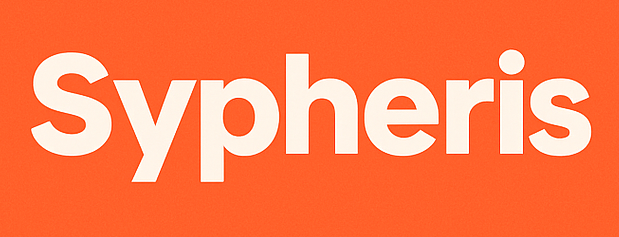Navigating the world of higher education financing can be overwhelming, but you’ve come to the right place. After you’ve exhausted all options for scholarships, grants, and federal aid, a private student loan can be the key to bridging the financial gap to your degree. Unlike federal loans, private loans are offered by banks, credit unions, and online lenders, each with its own set of rates, terms, and benefits.
Choosing the right private lender is a critical decision that can impact your financial well-being for years to come. In this guide, we break down the top private student loan providers of 2025, offering a clear comparison to help you find the best fit for your unique circumstances. We will also walk you through everything you need to know about the private loan process—from understanding how they work to getting approved—so you can borrow with confidence and focus on what truly matters: your education.
SoFi ⭐4.8/5

| Loan Terms | Loan Amounts | Student Perks |
| 5, 7, 10, 15, or 20 years. | $5,000 up to the full cost of attendance. | Career support, financial planning, and a 0.25% autopay discount. Ideal for students seeking holistic financial guidance. |
Eligibility: U.S. citizens, permanent residents, or DACA recipients with a creditworthy cosigner. Minimum credit score not disclosed, but best rates require good credit.
Key Features: Offers fixed rates from 3.29% to 14.83% APR and variable rates from 4.39% to 15.86% APR (with 0.25% autopay discount). No origination fees or prepayment penalties. Provides career coaching, networking events, and unemployment protection.
Ascento ⭐4.8/5
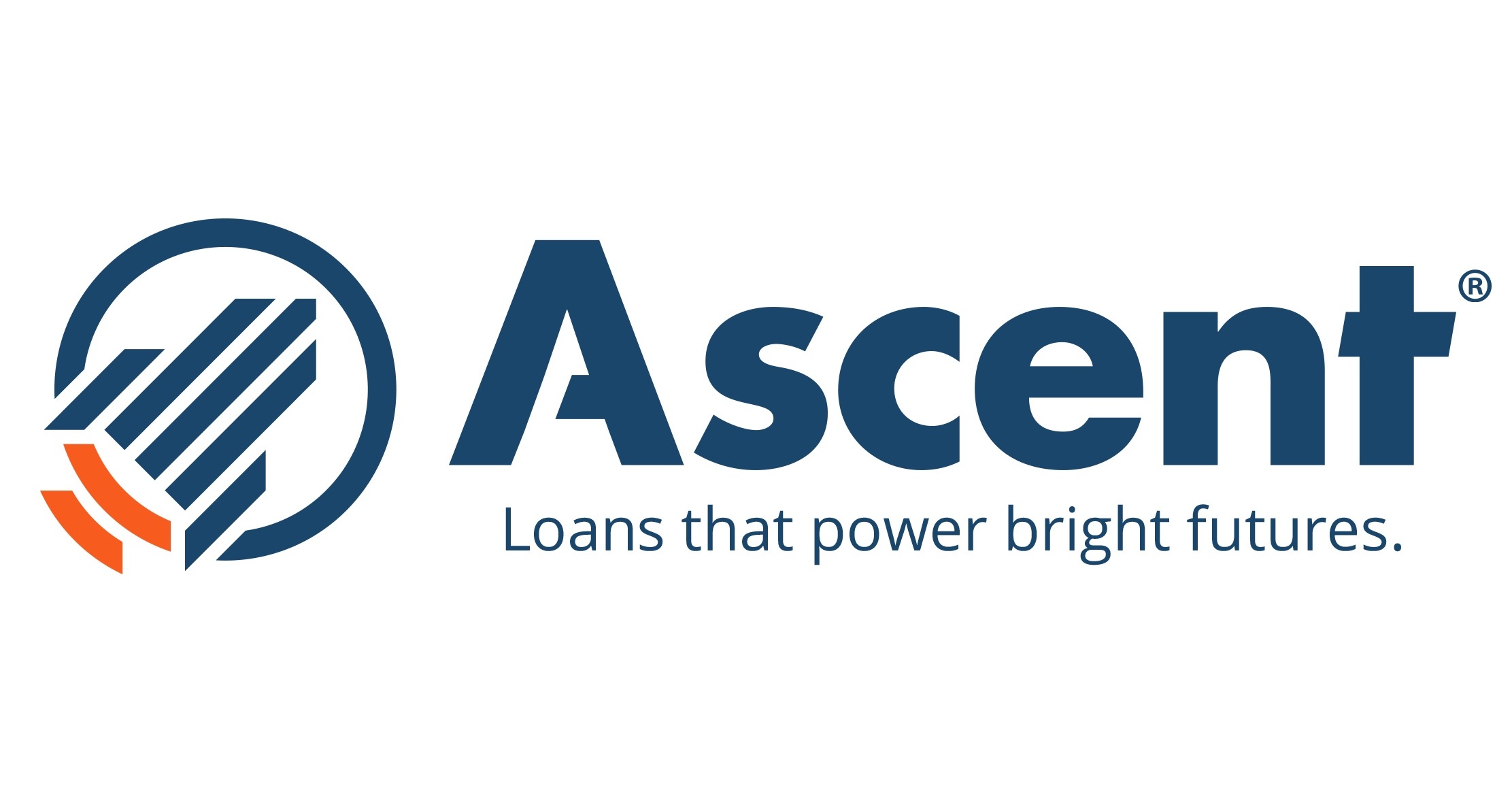
| Loan Terms | Loan Amounts | Student Perks |
| 5, 7, 10, 12, or 15 years (credit-based); 10 or 15 years (outcomes-based). | $2,001 to $200,000. | 1% cashback upon graduation, financial wellness resources, and scholarship programs. Outcomes-based loans for students without a cosigner start at 8.49% (credit-based) or 13.16% (outcomes-based). |
Eligibility: U.S. citizens, permanent residents, or DACA students. No minimum credit score for outcomes-based loans.
Key Features: Fixed rates from 3.79% to 14.74% APR, variable rates from 5.05% to 14.62% APR (with autopay discount). No cosigner required for credit-based or outcomes-based loans. Offers cashback rewards upon graduation.
College Ave ⭐4.8/5
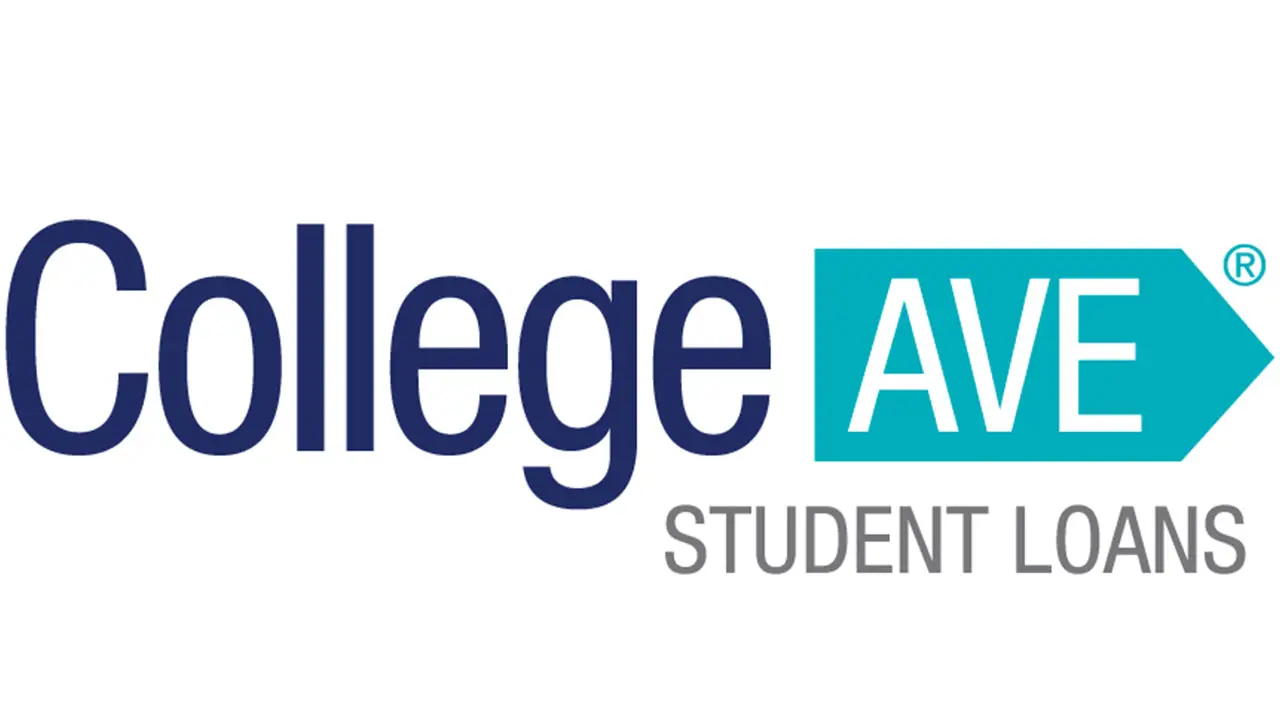
| Loan Terms | Loan Amounts | Student Perks |
| 5 to 15 years. | $1,000 up to the cost of attendance. | Quick application process, multiyear approval for returning students, and customizable repayment plans. |
Eligibility: U.S. citizens or permanent residents. Minimum credit score of 680 (or cosigner required).
Key Features: Fixed rates from 3.79% to 14.74% APR, variable rates from 5.05% to 14.62% APR (with 0.25% autopay discount). No origination or prepayment fees. Flexible repayment options (full, interest-only, flat payments, or deferment).
Sallie Mae ⭐4.8/5
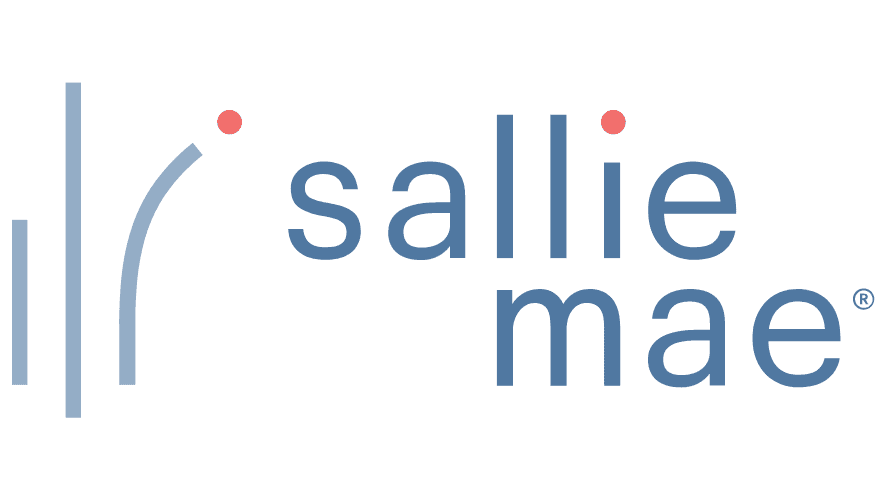
| Loan Terms | Loan Amounts | Student Perks |
| 10 to 15 years (undergrad); longer for graduate loans. | $1,000 up to the cost of attendance. | Multiyear approval, flexible repayment plans, and a 0.25% autopay discount. Supports part-time students and niche programs (e.g., law, medical school). |
Eligibility: U.S. citizens, permanent residents, or noncitizens with a qualified cosigner.
Key Features: Fixed rates from 4.24% to 14.83% APR, variable rates from 5.37% to 15.86% APR (with 0.25% autopay discount). No origination fees. Offers free credit score monitoring via Experian.
Earnest ⭐4.8/5
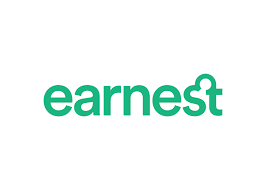
| Loan Terms | Loan Amounts | Student Perks |
| 5, 7, 10, 15, or 20 years. | $1,000 up to the cost of attendance. | Personalized rate based on financial profile (savings habits, earning potential). 0.25% autopay discount. |
Eligibility: U.S. citizens or permanent residents. Minimum credit score of 650 (or cosigner required).
Key Features: ixed rates from 4.13% to 10.74% APR, variable rates from 6.13% to 10.74% APR (with 0.25% autopay discount). No fees. Option to skip one payment every 12 months.
Citizens ⭐4.8/5

| Loan Terms | Loan Amounts | Student Perks |
| 5, 7, 10, or 15 years. | $1,000 to $150,000 (undergrad). | 0.25% discount for autopay, additional 0.25% for existing Citizens account holders. Multiyear approval reduces paperwork. |
Eligibility: U.S. citizens or permanent residents. Minimum credit score of 680 (or cosigner required).
Key Features: Fixed rates from 3.79% to 14.74% APR, variable rates from 5.05% to 14.62% APR (with autopay discount). No origination fees. Multiyear approval for returning students.
MPOWER Financing ⭐4.8/5
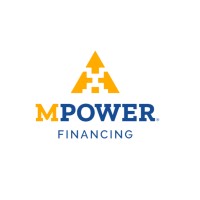
| Loan Terms | Loan Amounts | Student Perks |
| 10 years. | $2,001 to $100,000. | Ideal for international students, covers tuition and living expenses, offers career support. |
Eligibility: International students, DACA recipients, or U.S. citizens at eligible schools. No credit score required.
Key Features: Fixed rates (range not disclosed but competitive for international students, includes autopay discount). No cosigner or credit score required. Supports over 400 schools in the U.S. and Canada.
Rhode Island Student Loan Authority (RISLA) ⭐4.8/5

| Loan Terms | Loan Amounts | Student Perks |
| 10 or 15 years. | $1,500 to $45,000 per year (up to $200,000 lifetime). | Loan forgiveness for specific careers, low rate caps, and a 0.25% autopay discount. |
Eligibility: U.S. citizens or permanent residents. Minimum credit score not disclosed.
Key Features: Fixed rates (not specified but noted for low rate caps). No origination fees. Offers up to $2,000 in loan forgiveness for interns and nurses.
LendKey ⭐4.8/5

| Loan Terms | Loan Amounts | Student Perks |
| 5, 7, 10, 15, or 20 years. | $5,000 to $125,000 (undergrad). | Forbearance up to 18 months (longer than most). 0.25% autopay discount. |
Eligibility: U.S. citizens or permanent residents. Minimum credit score of 660 (or cosigner required).
Key Features: Fixed rates from 4.24% to 10.74% APR, variable rates from 6.13% to 10.74% APR (with autopay discount). Partners with community banks and credit unions for personalized service.
Education Loan Finance (ELFI) ⭐4.8/5
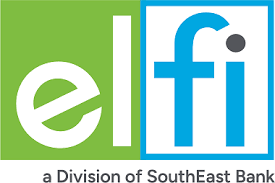
| Loan Terms | Loan Amounts | Student Perks |
| 5, 7, or 10 years. | $1,000 up to the cost of attendance. | Personalized support, streamlined application process, and a 0.25% autopay discount. |
Eligibility: U.S. citizens or permanent residents. Minimum credit score of 680 (or cosigner required).
Key Features: Fixed rates from 4.13% to 10.74% APR, variable rates from 6.13% to 10.74% APR (with 0.25% autopay discount). No origination or prepayment fees. Dedicated student loan advisor.
What is a private student loan?
Private student loans are a way to borrow money for your education from lenders that aren’t part of the government, like banks, credit unions, or online financial companies. These loans help cover educational costs that may not be fully addressed by scholarships, grants, personal savings, or federal student loans.
It’s generally a good idea for students to use all their federal loan options first. Completing the Free Application for Federal Student Aid, commonly known as the FAFSA, is a crucial step in this process. Federal loans usually come with more protections for borrowers and more flexible repayment options, making them a better initial choice.
When it comes to private student loans, they aren’t all the same; there are different types to fit various needs:
– **Undergraduate Student Loans**: These are the most common for students working toward an associate’s or bachelor’s degree. Since many undergraduates have limited credit history, they often need a co-signer who has good credit to help with the loan application.
– **Graduate Student Loans**: Aimed at those pursuing advanced degrees like master’s, doctoral, or professional programs, these loans often allow for larger amounts of money due to the higher expenses of graduate education. If you’re a graduate student with an established credit history and income, you might qualify for these loans without needing a co-signer.
– **Degree-Specific Loans**: Some lenders have specialized loans for high-cost fields that typically lead to good-paying jobs, like those in medical or law schools. These loans can offer benefits like longer grace periods to accommodate internships or residency requirements.
– **Parent Loans**: Similar to the federal Parent PLUS Loan, some private lenders provide loans that parents or guardians can take out for their child’s undergraduate education. In this case, the parent is responsible for paying back the loan.
– **International Student Loans**: These are specifically for students from other countries studying in the U.S. Companies like MPOWER Financing focus on these loans and often don’t require a co-signer who is a U.S. citizen. Instead, they look at the student’s academic performance and future earning potential.
If you’re considering a private student loan, you might be wondering if you qualify. While each lender has its own rules, they generally look at several key factors:
– **Credit History**: Lenders will check your credit history through a detailed inquiry. They want to see that you’ve borrowed responsibly and made payments on time. Since many students have little to no credit history, having a co-signer can help.
– **Income**: Either you or your co-signer will need to demonstrate enough income to repay the loan. Lenders calculate your debt-to-income ratio to ensure your financial obligations are manageable.
– **School Eligibility**: The loan must be used for an accredited institution, and lenders usually maintain a list of schools they support.
– **Enrollment Status**: Typically, you need to be enrolled at least half-time to qualify for a loan.
– **Citizenship**: Most lenders require you to be a U.S. citizen or a permanent resident, although some, like MPOWER and Ascent, cater to students under DACA or international students.
– **Age**: You must be at least 18 years old, following the legal age in your state.
If you have a low credit score, usually considered to be below 630, securing a private loan on your own can be quite challenging. A low score often suggests missed payments or financial difficulties, making lenders hesitant.
However, there are still ways to improve your chances:
– **Find a Creditworthy Co-signer**: This is by far the most common approach. A co-signer with a strong credit history and stable income can significantly boost your approval odds and may even get you a better interest rate. Just keep in mind that any missed payment affects both of your credit scores.
– **Work on Building Your Credit**: If you have some time before you need a loan, taking steps to improve your credit can be helpful. This could involve getting a secured credit card, making timely bill payments, and keeping credit card usage low.
– **Seek Lenders Who Evaluate Other Qualities**: Some lenders, like Ascent, look at factors beyond just your credit score, such as your GPA or expected future income. This can open doors to those who might not have perfect credit.
When trying to choose a private student loan online, it’s important to take your time and research your options carefully. Here’s a simple guide to help you navigate the process:
1. **Get Pre-qualified**: Many online lenders offer a pre-qualification option. This lets you see potential interest rates and loan terms without affecting your credit score, as it’s just a soft inquiry. Use this with several lenders—around 3 to 5—to find the best initial offers.
2. **Compare Interest Rates and APR**: Look at both fixed and variable interest rates. Fixed rates stay the same throughout the life of the loan, while variable rates can change, starting lower but possibly rising over time. Always review the Annual Percentage Rate (APR), which includes interest and any fees to give you a clearer picture of the loan’s overall cost.
3. **Evaluate Repayment Options**: Check to see what repayment choices are available, especially while you’re still in school. Some lenders offer deferment or options to make smaller payments during this time. You should also look for protections like the ability to pause payments if you encounter financial difficulties later.
4. **Watch Out for Fees**: Be on the lookout for origination fees, application fees, or prepayment penalties for paying off your loan early. Ideally, you want lenders who charge no extra fees at all.
5. **Read Borrower Reviews**: It’s wise to check customer reviews on independent sites to gauge how a lender is viewed by its clients. A low interest rate doesn’t do much good if the lender isn’t helpful when you need assistance.
6. **Look for Co-signer Release Options**: If you are applying with a co-signer, investigate whether the lender allows for releasing them from the loan after a certain amount of time or payments.
By following these steps, you can find a private student loan that fits your educational journey and future financial needs.
Will I need a co-signer for a private student loan?
For most undergraduate students, the answer is yes, most likely.
Lenders need to be confident that their loans will be repaid. Since most high school and college students have not had the time to build a robust credit history or earn a stable income, they are viewed as high-risk borrowers. According to reports, over 90% of undergraduate private student loans are co-signed.
A co-signer is a creditworthy adult—usually a parent or guardian—who agrees to share legal responsibility for the loan. Their good credit and income can help you get approved and secure a lower interest rate than you could on your own. You may not need a co-signer if you are a graduate student with a good credit score and stable income or an undergraduate who has already established a strong, independent financial profile.
How do I apply for a private student loan?
Applying for a private student loan is a multi-step process:
- Gather Your Information: You and your co-signer (if applicable) will need to collect personal and financial documents, including:
- Social Security numbers
- Driver’s license or other government-issued ID
- Proof of income (pay stubs, tax returns)
- Information about assets and existing debts
- The name of your school and your estimated cost of attendance
- The loan amount you wish to borrow
- Complete the Online Application: Choose your preferred lender (after comparing offers) and fill out their full online application. This will trigger a hard credit inquiry, which can temporarily dip your credit score by a few points.
- Lender Review and Approval: The lender will review your application and credit reports. If approved, you will be presented with your final loan offer, including the interest rate and terms.
- Accept the Loan Terms: If you are satisfied with the offer, you will electronically sign the loan agreement.
- School Certification: The lender will then send the loan details to your school’s financial aid office. The school will verify your enrollment, cost of attendance, and the requested loan amount. They will certify the loan, confirming that the amount does not exceed your cost of attendance minus any other aid received.
- Disbursement: Once certified, the lender will disburse the funds directly to your school. The school will apply the funds to your tuition, fees, and room and board first. Any leftover money, known as a student loan refund, will be sent to you to cover other educational expenses like books and living costs.
How do private student loans and federal student loans differ?
This is one of the most important distinctions to understand.
| Feature | Federal Student Loans | Private Student Loans |
|---|---|---|
| Source | Funded by the U.S. Department of Education. | Funded by private institutions like banks, credit unions, and online lenders. |
| Basis for Loan | Based on financial need (determined by the FAFSA). Most students are eligible. | Based on creditworthiness (credit score, income, debt). |
| Interest Rates | Fixed rates set by Congress. The same for every borrower in a given year. | Can be fixed or variable. Rates are determined by the lender based on the borrower’s/co-signer’s credit. |
| Co-signer | Not required for most undergraduate loans. | Often required for undergraduates to get approved and receive a good rate. |
| Borrower Protections | Offer extensive protections: income-driven repayment plans, loan forgiveness programs (e.g., Public Service Loan Forgiveness), and generous deferment/forbearance options. | Protections vary by lender and are generally much less flexible than federal options. Forbearance is usually offered for shorter periods. |
| Subsidized Loans | Offer Direct Subsidized Loans where the government pays the interest while you’re in school. | All private loans are unsubsidized; interest begins to accrue immediately. |
| Repayment | Repayment typically begins after a six-month grace period once you leave school or drop below half-time enrollment. | Repayment options vary. Some require payments while in school; others offer a grace period similar to federal loans. |
Export to Sheets
How much can I borrow for college?
The amount you can borrow depends on the type of loan:
- Federal Student Loans: The federal government sets strict annual and aggregate (lifetime) borrowing limits. For dependent undergraduate students in the 2024-2025 academic year, these limits are:
- First Year: $5,500
- Second Year: $6,500
- Third Year and Beyond: $7,500
- Total Undergraduate Limit: $31,000
- Private Student Loans: The borrowing limit for private student loans is determined by the lender but is ultimately capped by your school’s Cost of Attendance (COA). The COA is an estimate of the total cost to attend that school for one year, including tuition, fees, room and board, books, and transportation. Your private loan borrowing limit will be:
- Your School’s COA – Any Other Financial Aid Received = Maximum Private Loan Amount
For example, if your school’s COA is $50,000 and you received $5,500 in federal loans and a $10,000 scholarship, the maximum you could borrow from a private lender would be $34,500 for that year.
Explore More Student Finance Guides:
- Best Credit Cards for Students in 2025
- Understanding Your Student Loan
- Budgeting Tips for College Students
- How to Save Money in College
- Best student Bank Accounts In 2025
